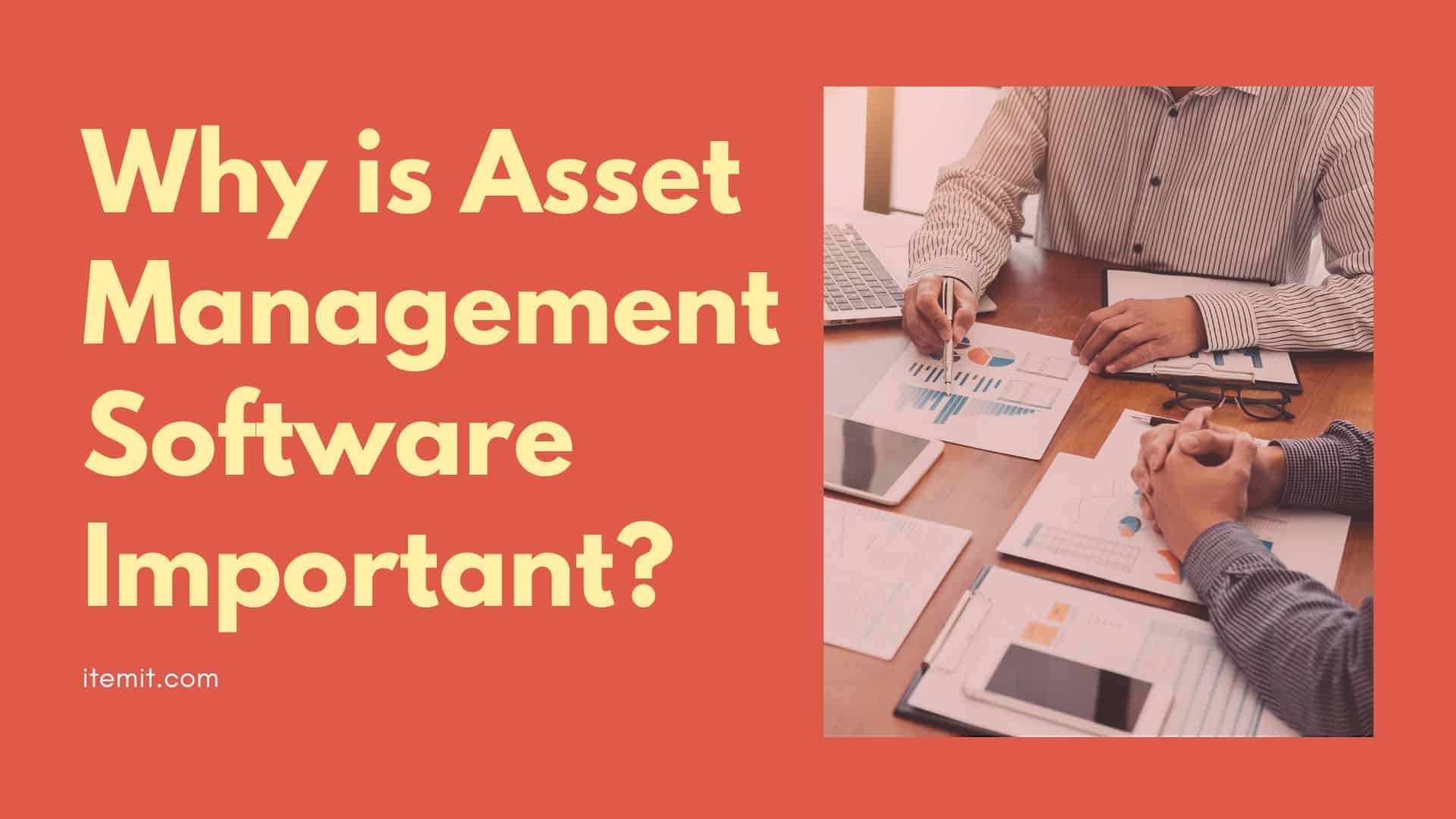A Guide to Onboarding New Staff: How to make the most of your Asset Tracking System
Congratulations, your business is scaling!
When you’re onboarding a lot of new staff, it can be complicated to keep track of what you’re giving them to work with. Every new starter will be assigned a desktop or a laptop. They might be getting a phone. They’ll definitely be getting a desk, and that’s just the start!
These processes can bring lots of questions with them, such as how do I track these assets? How do I know who has what? And can I easily see if I’m running low on stock?
With itemit, the process is simple.
The itemit Asset Tracking System for Onboarding
With itemit’s streamlined, easy-to-use, and effective asset tracking system, assigning new starters pieces of kit and equipment is simple.
Recently, we’ve launched a new “assignee” feature. This means that you can now assign assets to users and contacts to keep track of exactly which assets each member of staff has
We’ve created a handy step-by-step guide so you can see exactly how to use itemit’s asset tracking system to assign assets to the staff you’re onboarding.
Step One: Log your Assets in itemit
First of all, log your assets in itemit. The resulting list of assets you’ll have is often referred to as an asset register and is the first building block in this process.
Sometimes it can be tricky to figure out a new system and get all your data in the right place. That’s why we offer a data import service where we work closely with you to ensure you get this right first time around.
Once you’ve got your assets logged in itemit, you can add as much or as little information as you need. Some of our most frequently added properties are:
- Name, serial number and description
- Assignee
- Manufacturer details
- User manuals
- Inspection due date
- PAT testing due date
- Purchase date
- Purchase price
- The phone number for assistance
There are no limits to the amount of information you can add and itemit stores it all for you in one handy, safe place. The more you add, the more complex reporting you’ll be able to do. For example, this means you can monitor how many of each asset type you have left that is currently unassigned, so you can keep on top of ordering more stock.
Step Two: Tag your Assets
It’s not compulsory to tag your assets, but if you don’t, you lose out on some of itemit’s most useful features. We offer a range of asset tags so you can choose the tags that are right for you.
Tagging your assets gives you an extra layer of speed and accountability. It also allows your new starters to scan the asset tag and see information regarding their new kit. It might be a handy user guide, the number of who to call if they run into any technical problems and also, with itemit, they get a way to immediately report any issues they experience.
Step Three: Assign the Assets
Once you’ve hired your fresh-faced, excited and passionate new starters, you can assign them their assets!
If, for example, Joe Bloggs needs a phone, a laptop, a desk, and a few cables, you can assign all of these assets to him, so you know, and he knows exactly which kit he’s responsible for. This creates complete transparency amongst the team, and you can ensure that if Joe should leave the company, all his kit has been safely returned. This is particularly crucial when it comes to abiding by regulations such as the GDPR. You must ensure all assets that collect, process or store sensitive information are safely guarded.
What’s more is that once you know who has what, when it needs servicing, etc. – it’s so easy to make your processes more efficient and contact the person responsible for the asset to arrange upgrades, inspections, and more.
Step Four: Monitor, Report and Enjoy!
The only thing left to do is monitor your assets, leverage your data to produce reports needed by the business and sit back and watch as your efficient asset tracking process is rolled out across the whole business.
Don’t just take our word for it! Try itemit for free right now and see just how easy it is to transform the process of onboarding staff and tracking assets and hardware.
Start More Effective Onboarding Now With Asset Tracking!
Start your free 14-day trial now
Instant access. No credit card details required.



